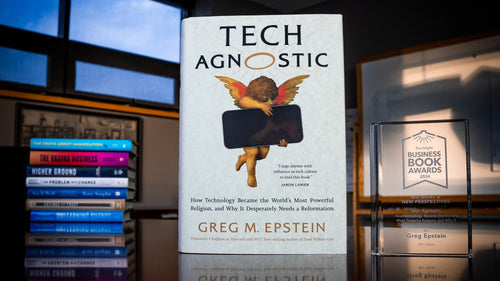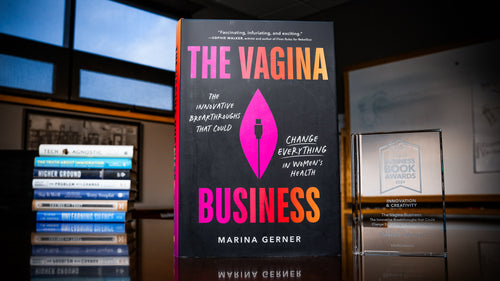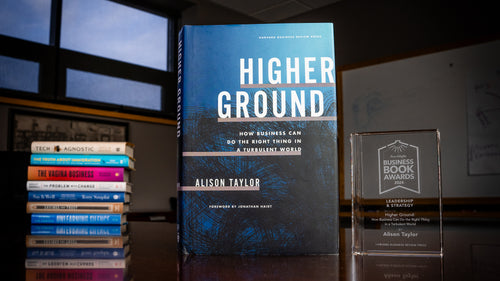ChangeThis : Issue 61
ChangeThis turns five years old this month. Started by Seth Godin and his merry band of interns (most famously Amit Gupta) back in August of 2004, we took over in May of 2005 and have been caring for it ever since. If you'd like to see the most popular manifestos of the last five years, you can find them here. Below you'll find the excerpts and links to the latest issue.
:::::
 F2 | Firefly Manifesto: Remixed by Jonathan Fields
F2 | Firefly Manifesto: Remixed by Jonathan Fields
"Try this career choice standard on for size.
Will this choice allow me to:
- Spend the greatest amount of time
- Absorbed in activities and relationships that fill me up
- While surrounding myself with people I cannot get enough of, and
- Earning enough to live comfortably in the world?
Fact is, this definition of success keeps me honest.
And, with good reason. It's evolved out of thousands of hours of testing and exploring a broad spectrum of career paths and entrepreneurial ventures, interviews with a wide cross-section of successful career renegades, from maverick CEOs to internet-earning soccer moms and extensive research into the field of applied positive-psychology.
It integrates concepts like famed cognitive scientists, Mihaly Cskszentmihlyi's seminal work on cultivating 'flow' states with Gallup researcher, Tom Rath's eye-opening studies on the critical impact of friendships in the workplace.
Apply it, test it, kick its wheels & see what unfolds."
Click here to visit the site. Click here to download the PDF.
 The Hazards of Leading Culture Change by Chip R. Bell & John R. Patterson
The Hazards of Leading Culture Change by Chip R. Bell & John R. Patterson
"When great starts have poor endings, it can leave change pioneers disappointed, hard working organizers disheartened, and skeptics with proof they were correct all along. It makes the next initiative more challenging to launch and the next set of resistors more defiant. However, without needed change the organization risks losing its competitive advantage. Losing its edge makes it harder to attract and retain the best talent and resources, and in today's economy, the death knell begins.
Planned change takes courage and tenacity. Even organizations with a burning platform, effective leaders, and well-crafted plans can sometimes miss the mark because they fail to recognize early signals that the seeds for derailment are being sown or they fail to realize the power of the signals they are sending via decisions that are unsupportive of the culture change commitment. Derailment is much more likely during periods of organizational anxiety from economic challenge, organizational shift (like a major merger or new competitor), or a change in senior leadership. However, these high profile hazards are easier to spot and therefore simpler to combat. It is the more subtle shifts that can do the most damage before their presence is even noticed."
Click here to visit the site. Click here to download the PDF.
 Quit Managing Your Time... and Start Managing Your Attention by Lee J. Colan & David Cottrell
Quit Managing Your Time... and Start Managing Your Attention by Lee J. Colan & David Cottrell
"The myth of time management never dies. Many people enroll in 'time management' classes and learn techniques like making to-do lists. That's fine. Lists can be useful, even satisfying. It's great to experience that rush—Ahhhh!—as we check something off the list. However, by the end of the day, or the week, or the month, most people discover projects that are still not checked off and some projects they haven't even started. That's when frustration begins to set in. The time is gone, and there's no way to get it back.
You can't manufacture time, you can't reproduce time, you can't slow time down or turn it around and make it run in the other direction.
You can't trade bad hours for good ones, either. About all the time management you can do is to cram as much productive work as possible into each day.
What you can manage, however, is your attention.
Attention is a resource we all possess. It's a lot like time. In fact, as long as we are awake, we produce a continuous stream of it. But how effectively do we use this valuable resource? That depends on where we direct our attention and how intensely we keep it focused to produce the desired results."
Click here to visit the site. Click here to download the PDF.
 Your Butt's in the Wrong Seat: A Manifesto for Public Transportation by Ryan Barton
Your Butt's in the Wrong Seat: A Manifesto for Public Transportation by Ryan Barton
"It's not sexy. It's not tracking as a Twitter trend. And it's not a YouTube sensation.
In fact, by current reputation, it's dirty, it (sometimes) smells, it forces you to interact with people you don't know, it's slow, and inconvenient. But it shouldn't be.
Or at least, it shouldn't be positioned and marketed like it is.
Here's the problem with 'it.' Its competitors are some of the largest, most renowned companies in the world, and despite the current 'crisis' affecting the automobile industry, it doesn't stand a chance. 'It' is public transportation, and 'it' is hurting.
So what's the problem? It's simple; your butt is in the wrong seat."
Click here to visit the site. Click here to download the PDF.
 Habitudes in the Classroom: Teaching the Habits and Attitudes Our Students Need in the 21st Century by Angela Maiers
Habitudes in the Classroom: Teaching the Habits and Attitudes Our Students Need in the 21st Century by Angela Maiers
"Education shouldn't be about adding more to our lists of HAVE's, DO's , and BE's, but rather thinking outside the lines, intentionally about the BE's, DO's, and HAVE's that matter most.
The 21st century world needs learners to BE critical, BE creative, and BE strategic. The 21st century world demands learners to DO their own thinking, rather than relying on someone else to think for them. The 21st century world expects learners to HAVE the endurance, fortitude, and courage to brave through each new challenge with confidence and competence."
Click here to visit the site. Click here to download the PDF.
 Design for the Other 90% by Paul Polak
Design for the Other 90% by Paul Polak
"Ninety percent of the world's designers spend all their time working on solutions to the problems of the richest 10 percent of the world's customers.
A revolution in design is needed to reverse this silly ratio and reach the other 90 percent. In my book, Out of Poverty, I talk about how this can be done. I pull stories from some of the 17 million people I've help lift from poverty with the organization I founded 25 years ago, International Development Enterprises. More recently, we have incorporated an organization called D-Rev: Design for the Other Ninety Percent, whose mission is to create the design revolution."
Click here to visit the site. Click here to download the PDF.



